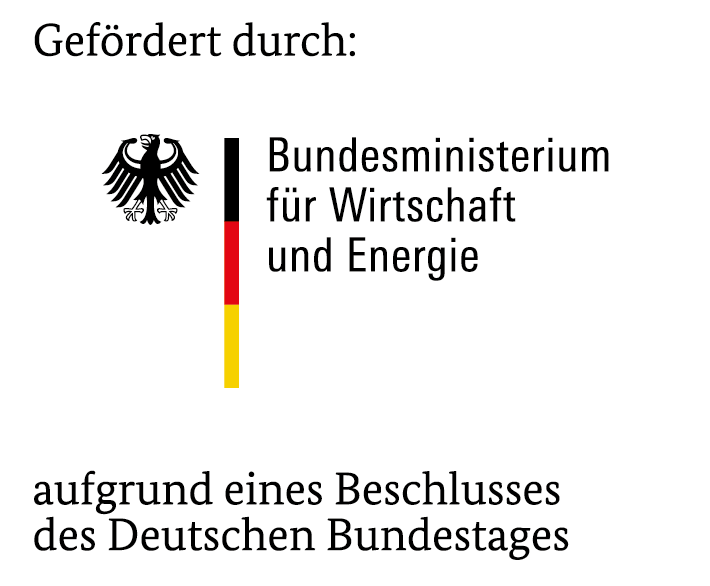In practice, grease-lubricated gearboxes are used in a wide variety of applications: The spectrum ranges from large, slow-running gearboxes, such as those found in the primary industry, to small, high-speed gearboxes from, for example, actuators in the automotive industry, servo drives or high-speed power tools.
Research report published: Wear behaviour of grease-lubricated gearboxes

Grease-lubricated gears can be increasingly endangered by wear even at higher circumferential speeds and thus under operating conditions that are supposedly not critical for wear. Essentially, the wear behaviour of grease-lubricated gear pairs is determined by the lubrication mechanism that occurs (recirculation and clearance). Of particular interest is the transition area between the two lubrication mechanisms, which has not yet been systematically investigated. Gear damage in these operating ranges can lead to downtimes and repair costs, which cause high consequential costs, especially in the primary industry.
The results of the research project funded by the BMWi show that the transition area of the lubricant supply between recirculation and free digging is significantly dependent on the grease properties, external boundary conditions and operating conditions. They can favour a higher grease quantity in the gearbox and a higher lubricant temperature circulation.
In contrast, higher torques and a higher consistency promote the free-lifting mechanism. Further influences can be attributed to individual grease components such as the base oil or the thickener type. The suitability of the modified test method according to DGMK 725 was confirmed in the low-speed wear tests. Good repeatability and differentiability of the results for different greases are given.
In addition, the observations show a significant influence of the afterflow properties of the grease on the wear resistance. The stitch tests with gear pairs of case-hardened and quenched and tempered gears generally show increased wear compared to investigations with case-hardened gears. The wear is additionally influenced by the roughness of the hard component, the surface hardness difference and the lubricant components. With these findings, a first conversion of the wear occurrence from the standardized test with the pairing hard/hard to a gear hard/soft for grease-lubricated gears can be derived. On the basis of these results, a calculation approach was developed which offers the possibility of estimating the lubricant supply of a grease-lubricated gearbox.
Research Center
Chair for Machine Elements
Forschungsstelle für Zahnräder und Getriebebau (FZG)
Technical University Munich
DGMK Research Report 796 has been published in German under the title "Berechnungsverfahren und Grenzkriterien zum Verschleißverhalten fettgeschmierter Getriebe unter Berücksichtigung der Werkstoffpaarung" and can be ordered directly from DGMK.
The IGF project (19627 N) of the research association DGMK Deutsche Wissenschaftliche Gesellschaft für Erdöl, Erdgas und Kohle e.V., Überseering 40, 22297 Hamburg was funded by the Federal Ministry for Economic Affairs and Energy via the AiF within the framework of the programme for the promotion of joint industrial research (IGF) on the basis of a resolution of the German Bundestag.